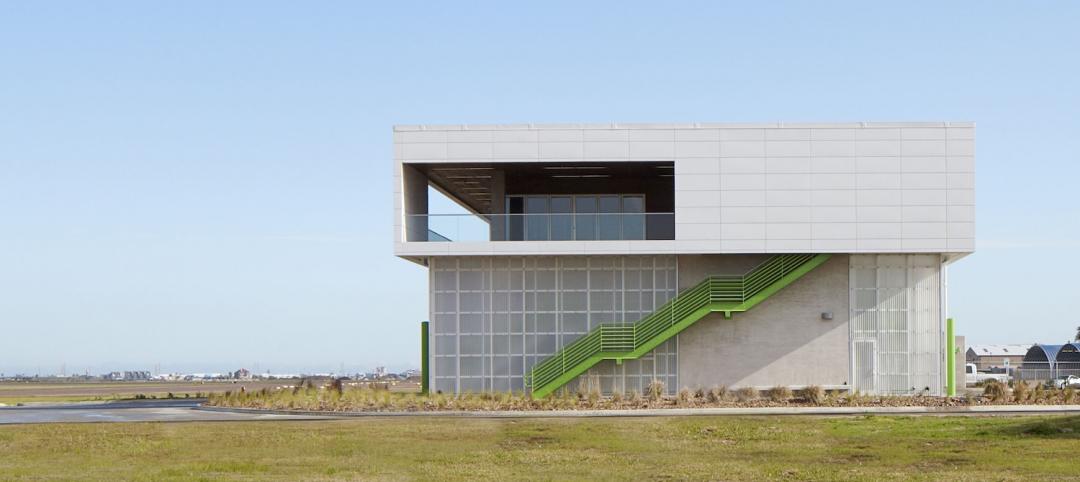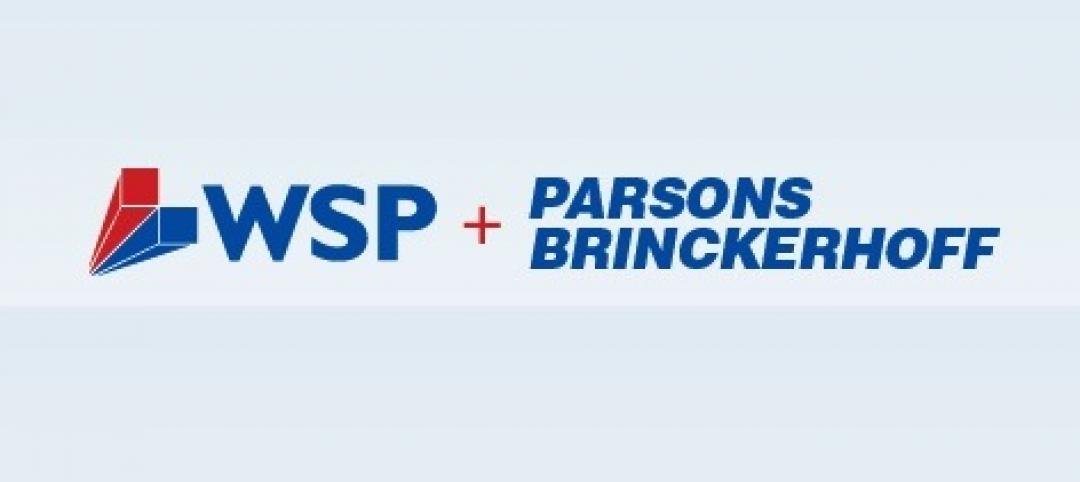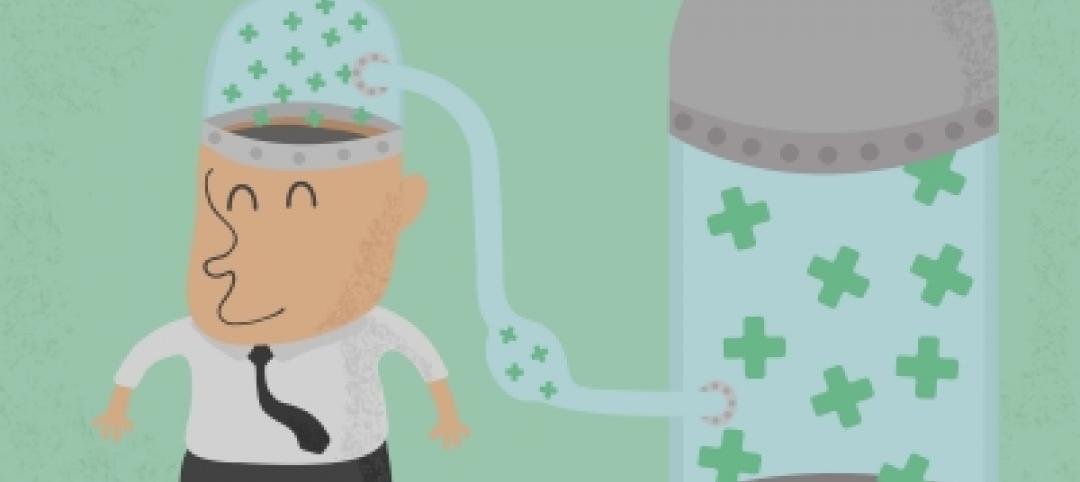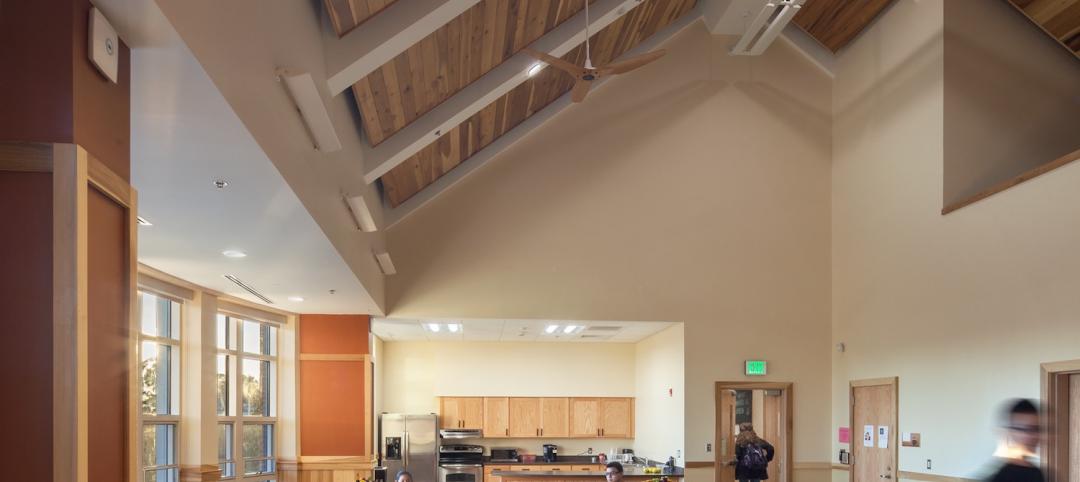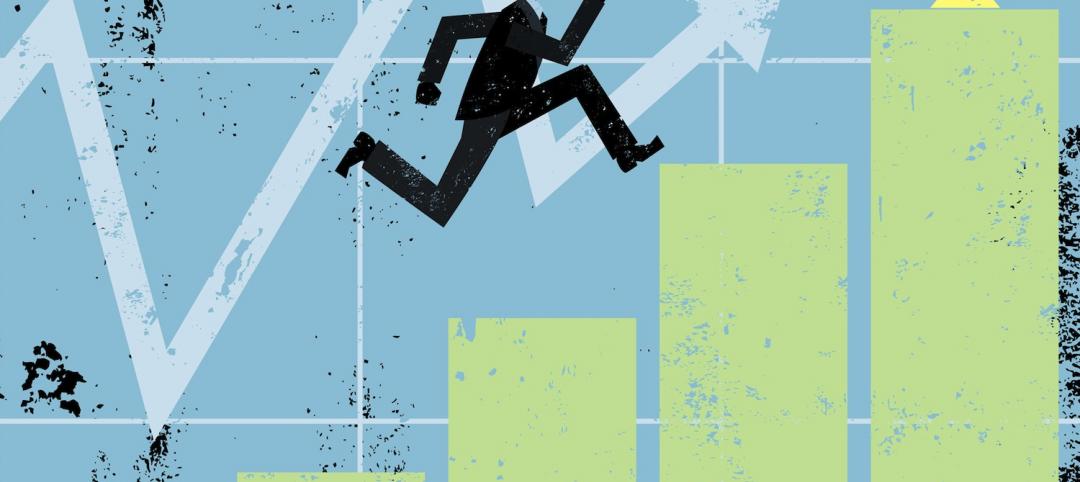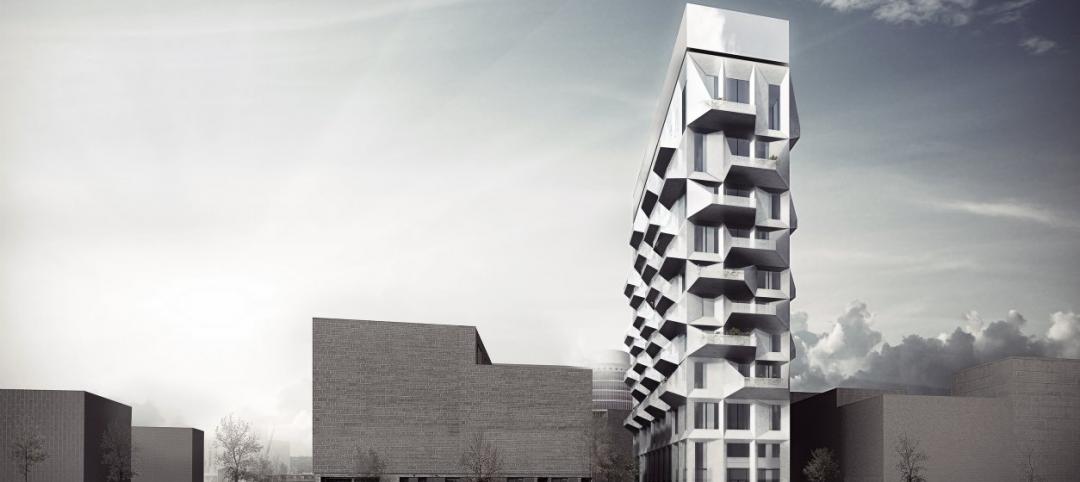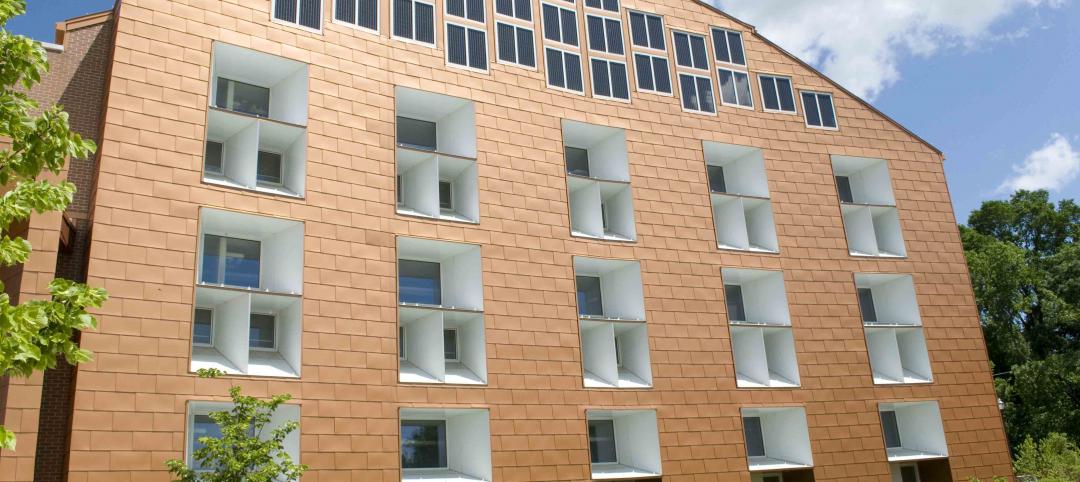The U.S. Green Building Council (USGBC) introduces its latest green building rating system, LEED for Healthcare. The rating system guides the design and construction of both new buildings and major renovations of existing buildings, and can be applied to inpatient, outpatient and licensed long-term care facilities, medical offices, assisted living facilities and medical education and research centers.
“Research has shown that when we are treated and heal in a green healthcare facility – one that has a healthy indoor environmental quality and connects us to the outdoors – we heal faster, have shorter hospital stays and fewer return visits,” said Scot Horst, Senior Vice President of LEED, USGBC. “LEED for Healthcare is now six years in the making, addressing the healthcare industry’s unique green building needs.”
The LEED for Healthcare rating system represents a culmination of close collaboration between the Green Guide for Healthcare (GGHC), a project of the Center for Maximum Potential Building Systems and Health Care Without Harm, and USGBC. The GGHC pilot launched in 2007, and feedback from the projects helped inform the creation of LEED for Healthcare.
“LEED for Healthcare represents a milestone for green building,” said Gail Vittori, Co-Director of Center for Maximum Potential Building Systems and Founding Chair of the LEED for Healthcare Committee. ”Building on the foundational work of the Green Guide for Healthcare, it provides an explicit recognition of health consequences associated with a spectrum of building-related decisions—from location, to water and energy sources and use patterns, and materials specification—and emphasizes integrative design as requisite for a successful design, construction and building performance outcomes.”
LEED for Healthcare was developed to meet the unique needs of a 24-hour operational facility, including process water use related to medical equipment, rural facility locations, patient populations, often with compromised immune systems, sensitive to chemicals and pollutants, patient and staff health and many other issues that are unique to this building type.
The LEED for Healthcare rating system passed USGBC member ballot in November 2010. More than 225 healthcare projects have received LEED certification, with 1,176 in the pipeline as registered projects. Additional tools and resources, including educational workshops, webinars, podcasts, and Reference Guide, will be made available in the coming months when full certification functionality is available.
To learn more about LEED for Healthcare, pre-order a Reference Guide or participate in a rating system- specific workshop, visit www.usgbc.org/leed/healthcare.
U.S. Green Building Council
The Washington, D.C.-based U.S. Green Building Council is committed to a prosperous and sustainable future for our nation through cost-efficient and energy-saving green buildings.
With a community comprising 79 local affiliates, nearly 16,000 member companies and organizations, and more than 162,000 LEED Professional Credential holders, USGBC is the driving force of an industry that is projected to contribute $554 billion to the U.S. gross domestic product from 2009-2013. USGBC leads an unlikely diverse constituency of builders and environmentalists, corporations and nonprofit organizations, elected officials and concerned citizens, and teachers and students.
Buildings in the United States are responsible for 39% of CO2 emissions, 40% of energy consumption, 13% water consumption and 15% of GDP per year, making green building a source of significant economic and environmental opportunity. Greater building efficiency can meet 85% of future U.S. demand for energy, and a national commitment to green building has the potential to generate 2.5 million American jobs. Visit www.usgbc.org to learn more.
LEED
The U.S. Green Building Council's LEED green building certification system is the foremost program for the design, construction and operation of green buildings. Nearly 40,000 projects are currently participating in the commercial and institutional LEED rating systems, comprising nearly 8 billion square feet of construction space in all 50 states and 117 countries. In addition, more than 10,000 homes have been certified under the LEED for Homes rating system, with nearly 38,000 more homes registered.
By using less energy, LEED-certified buildings save money for families, businesses and taxpayers; reduce greenhouse gas emissions; and contribute to a healthier environment for residents, workers and the larger community.
Related Stories
| Sep 3, 2014
Ranked: Top local government sector AEC firms [2014 Giants 300 Report]
STV, HOK, and Turner top BD+C's rankings of the nation's largest local government design and construction firms, as reported in the 2014 Giants 300 Report.
| Sep 3, 2014
WSP to acquire Parsons Brinckerhoff in $1.35 billion deal
The deal, which has been approved by the boards of WSP and Balfour Beatty, has an enterprise value of $1.243 billion, plus another $110 million in cash retained by PB.
| Sep 3, 2014
The coming architect/engineer brain drain, or 'Curse of the Baby Boomers'
Architecture, engineering, and (presumably) construction firms will face difficulties with management succession, as tens of thousands of Baby Boomers leave the AEC industry. Who will fill the knowledge gap?
| Sep 3, 2014
New designation launched to streamline LEED review process
The LEED Proven Provider designation is designed to minimize the need for additional work during the project review process.
| Sep 2, 2014
Ranked: Top green building sector AEC firms [2014 Giants 300 Report]
AECOM, Gensler, and Turner top BD+C's rankings of the nation's largest green design and construction firms.
Sponsored | | Sep 2, 2014
A smarter way to manage projects
Understanding effective project management helps many big and small organizations to carry out large-scale projects on time, on budget and with lesser commotion.
| Sep 2, 2014
Extreme conversion: 17-story industrial silo to be converted to high-rise housing
As part of Copenhagen's effort to turn an industrial seaport into a bustling neighborhood, Danish architecture firm COBE was invited to convert a grain silo into a residential tower.
Sponsored | | Sep 2, 2014
Judson University’s Harm A. Weber Academic Center resembles copper, but its sustainability efforts are pure gold
The building’s custom-fabricated wall panels look like copper, but are actually flat metal sheets coated with Valspar’s signature Fluropon Copper Penny coating.
| Sep 2, 2014
Melbourne's tallest residential tower will have 'optically transformative façade'
Plans for Melbourne's tallest residential tower have been released by Elenberg Fraser Architects. Using an optically transformative façade and botanical aesthetic, the project seeks to change the landscape of Australia's Victoria state.
| Sep 1, 2014
Ranked: Top federal government sector AEC firms [2014 Giants 300 Report]
Clark Group, Fluor, and HOK top BD+C's rankings of the nation's largest federal government design and construction firms, as reported in the 2014 Giants 300 Report.


